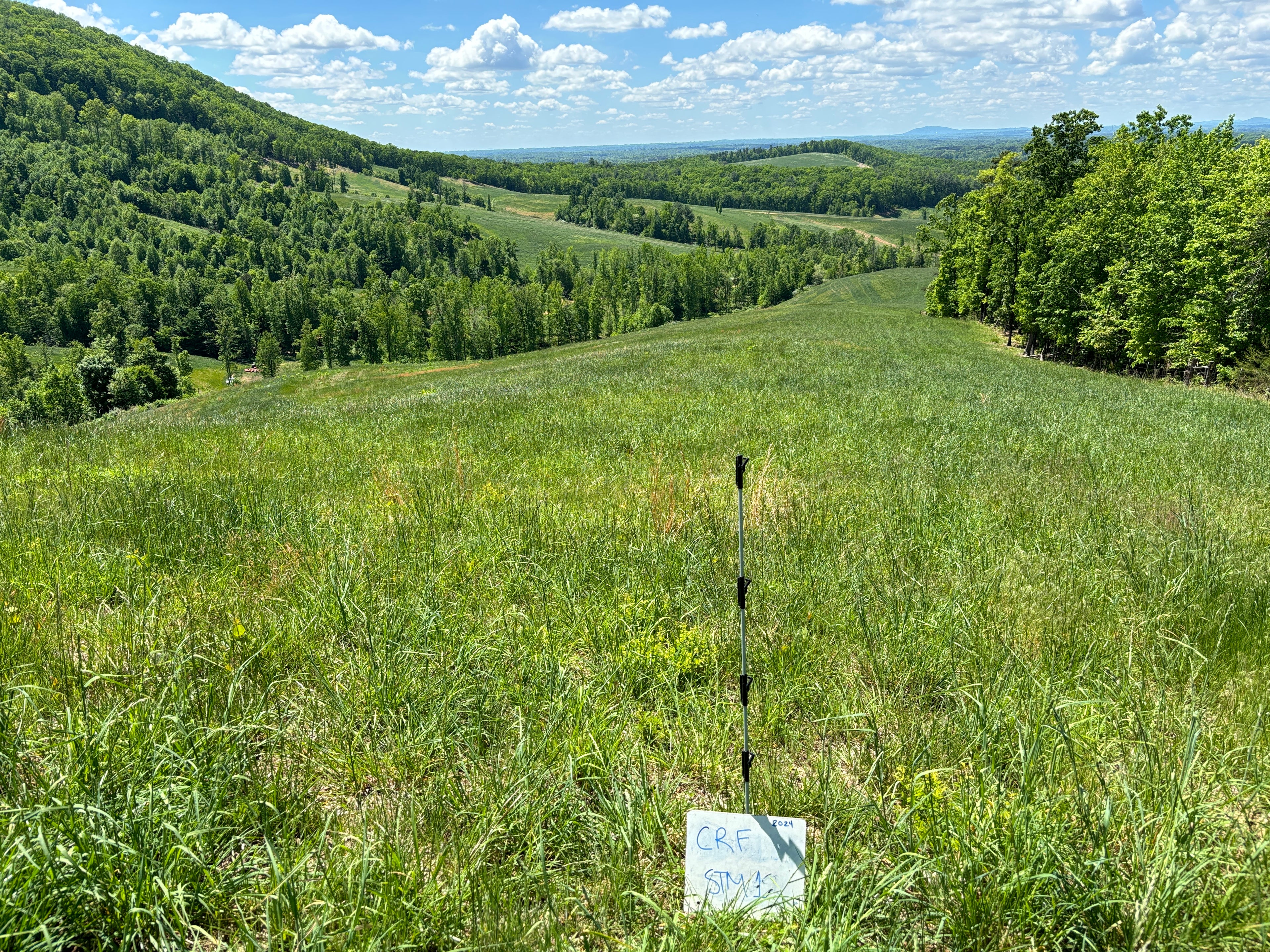
Regenerative Learning Center
Education, research, and community engagement focused on building resilient food systems and restoring ecological health.
Regenerative Resources
Exploring Linkages Between Soil Health and Human Health (2024)
Healthy soil is a crucial but often neglected foundation of planetary and human health. The report elevates soil within the One Health paradigm, highlights key knowledge gaps—especially around microbiomes, nutrition, and contaminants—and calls for coordinated action and research to ensure soil stewardship advances food, environmental, and human well-being.
National Academies of Sciences, Engineering, and Medicine. (2024). Exploring linkages between soil health and human health. Washington, DC: The National Academies Press. https://doi.org/10.17226/27459
Healthy soils for healthy plants for healthy humans (2020)
How beneficial microbes in the soil, food and gut are interconnected and how agriculture can contribute to human health.
Berg, G., Grube, M., Schloter, M., & Smalla, K. (2020). Boosting crop production and health with agricultural microbiomes. Environmental Microbiome, 15(1), 12. https://doi.org/10.1186/s40793-020-00379-0
Soil Health and Nutrient Density: Beyond Organic vs. Conventional Farming (2021)
In their 2021 review, Montgomery and Biklé examine how soil health affects the nutrient density of crops, going beyond the traditional organic vs. conventional farming distinction. They find limited differences in macronutrient content between farming systems, but strong evidence that practices enhancing soil life (like no-till, cover crops, and compost application) increase micronutrient and phytochemical levels.
Montgomery, D. R., & Biklé, A. (2021). Soil health and nutrient density: Beyond organic vs. conventional farming. Frontiers in Sustainable Food Systems, 5, 699147. https://doi.org/10.3389/fsufs.2021.699147
Attention to the Details: How Variations in U.S. Grass‑Fed Cattle‑Feed Supplementation and Finishing Date Influence Human Health (2022)
Subtle differences in grass-fed beef production—such as pasture diversity, seasonal timing, supplemental feeding (e.g., flaxseed, grape byproducts), and finishing date—affect the meat’s nutritional profile. The article highlights that grass-fed beef generally contains a healthier fatty acid composition (higher omega-3s and CLA) and greater phytochemical diversity. However, it also notes significant variation across producers due to differing management practices, emphasizing the need for standardized labeling and further research into these production factors.
Krusinski, L., Sergin, S., Jambunathan, V., Rowntree, J. E., & Fenton, J. I. (2022). Attention to the details: How variations in U.S. grass-fed cattle‑feed supplementation and finishing date influence human health. Frontiers in Sustainable Food Systems, 6, 851494. https://doi.org/10.3389/fsufs.2022.851494
What is the Role of Cattle in Regenerative Agriculture?
“What is the Role of Cattle in Regenerative Agriculture?” explains that cattle—when managed appropriately—serve as a vital tool in regenerative systems by harvesting grass, recycling nutrients back into the soil through trampling and manure, and helping mimic the natural grazing patterns of wild herbivores. The piece emphasizes that it’s not simply the presence of cattle that makes a system regenerative but how they are used—the timing, intensity, and rest of grazing must enable perennial roots to recover, build soil organic matter, and support biodiversity. In short, cattle can support both profitability and land stewardship when they are integrated into a system designed to regenerate the land rather than deplete it. Noble Research Institute; Caitlin Word
Benefits of Regenerative Agriculture
-
Nutrient Density
Healthy food begins with healthy soil. Thriving soil supports a network of roots, microbes, and minerals that feed the grasses and legumes above. Those pastures provide animals with a nutrient-rich diet, resulting in meat with higher nutritional value.
-
Improved Land Quality
By rotating herds and carefully managing grazing, we allow pastures to recover, build soil fertility, and boost microbial life. Over time, the land holds more water, captures more carbon, and supports greater biodiversity.
-
Healthy Animals
Animals raised on regenerative pastures eat a diverse, nutrient-rich diet that supports gut health and immunity. Rotational grazing and access to fresh forage reduce stress and disease, allowing livestock to grow and thrive naturally while benefiting the land.

A Regenerative Hub
We work the Savory Institute as a Savory Hub to monitor farms in our area using an outcomes based approach called EOV (Ecological Outcome Verification). Farms implement regenerative practices, and we check the results to make sure that those practices are working.
Hickory Nut Gap Standards
Share information about your brand with your customers. Describe a product, make announcements, or welcome customers to your store.
